Milia frequently clear up on their own in infants, but adults often have them extracted or removed. Certain products can help them disappear sooner and reduce the chance of new ones forming.
Milia are tiny white papules that show up on the skin. They most commonly appear in clusters on the nose, cheeks, and chin, though they can occur in other spots as well.
Milia form when skin debris becomes trapped beneath the skin’s surface or when keratin accumulates and becomes lodged.
They are most common in newborns. Around a portion of full-term infants have milia on their skin within the first month after birth. However, milia can also affect children, teens, and adults.
In newborns, milia almost always resolve spontaneously without intervention. In adults, spontaneous resolution is less common, and removal or extraction is often performed.

There are several steps you can take to help speed healing and prevent additional milia. Continue reading below for more information.
1. Don’t pick, poke, or try to remove them
If milia on your face or your child’s face bothers you, resist the urge to pick at the area. Attempting to extract milia can lead to bleeding, scabbing, and scarring. Scraping the skin can also introduce bacteria, increasing the risk of infection.
For babies under 6 months old, the best approach is to leave milia alone. If you’re worried about the bumps, consult your pediatrician.
2. Cleanse the area
Be sure to wash your face daily with a mild, paraben-free cleanser.
Harsh soaps will strip the skin of necessary oils, disrupting its balance and health.
After cleansing, gently pat your skin dry rather than air drying. This helps avoid chafing and excessive dryness.
3. Steam open your pores
After washing, steaming can help open pores and remove trapped irritants.
One simple method is to:
- Sit in your bathroom with the shower running hot so the room gradually fills with warm steam.
- Remain in the steam for 5–8 minutes. The warmth will gently open pores, allowing skin flakes or other debris to release.
- Turn off the shower and wait a few minutes. Pat your face dry, then rinse with lukewarm water to wash away loosened irritants before leaving the steamy space.
4. Gently exfoliate the area
Delicate exfoliation can help keep skin clear of irritants that contribute to milia. Some exfoliants help prevent excess keratin production. Seek cleansers that include salicylic acid, citric acid, or glycolic acid.
Over-exfoliating can irritate the skin, so avoid daily use. Begin with an exfoliating cleanser once a week and monitor whether your milia improve.
5. Try a facial peel
Chemical peels containing exfoliating agents may be helpful, but use them carefully. A peel that’s too strong can trigger more milia.
If you already incorporate peels into your skincare routine, continuing may be safe and could help clear milia. Prefer peels with gentler formulations when possible.
If you’re new to peels, don’t start using them solely to treat milia. Your skin could be sensitive to peel ingredients, which may worsen the condition.
6. Use a retinoid cream
Some studies support using topical retinoids to treat milia. Retinoid products contain vitamin A, a key nutrient for skin health.
Apply a retinoid or its milder form, retinol, once daily to clean, dry skin.
When using retinoids or retinol, it’s vital to wear sunscreen every day because these products increase your skin’s sensitivity to sun damage.
7. Opt for a light facial sunscreen
You should wear sunscreen daily to shield facial skin from UV rays. The right sunscreen can also lessen skin irritation that contributes to milia.
Choose a sunscreen formulated for the face and ensure the SPF is 30 or higher. If your skin is extremely sun-sensitive, consider products with higher SPF.
The gentlest sunscreens are mineral-based rather than oil-heavy formulations that might clog pores. Check ingredient lists to avoid components you may be allergic or sensitive to.
When to see your dermatologist
Most milia will clear up on their own after a few weeks, especially in infants. However, adults often do not experience spontaneous resolution.
If your child has repeated milia outbreaks, or if milia persist, consult a dermatologist.

A dermatologist may use a fine needle or other techniques to extract milia, which typically resolves the area quickly.
Frequently asked questions
What triggers milia?
The cause of milia in newborns is unclear, but in older children and adults, they’re often linked to skin damage from conditions, burns, or sun exposure. Certain medications may also provoke them.
Learn more about milia causes.
Will milia go away on its own?
In infants, milia typically disappear by themselves within a few weeks to months. Adults may also see spontaneous resolution, but if not, consult a dermatologist for guidance.
How are milia removed?
The most common removal method is cryotherapy, where milia are frozen using liquid nitrogen. Other approaches include heat, laser treatment, or extraction with a needle.
Takeaway
Milia are small, white bumps that can appear on the skin’s surface, often in clusters on the nose, cheeks, and chin, but potentially elsewhere as well.
While they frequently resolve without treatment in infants, adults can have them removed. Proper skincare can accelerate clearance and reduce the likelihood of new milia forming.

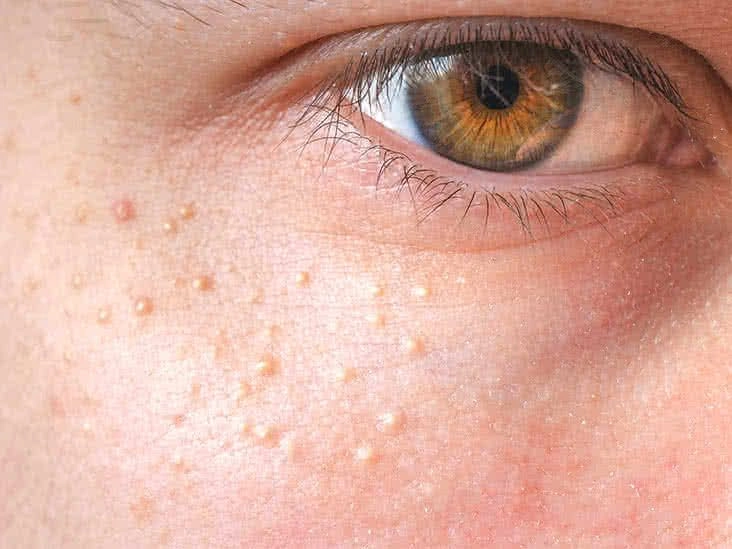

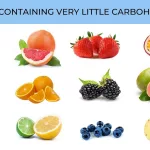










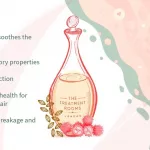
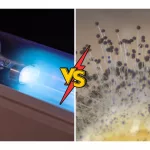
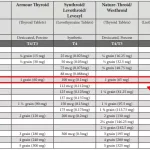

Leave a Reply
You must be logged in to post a comment.